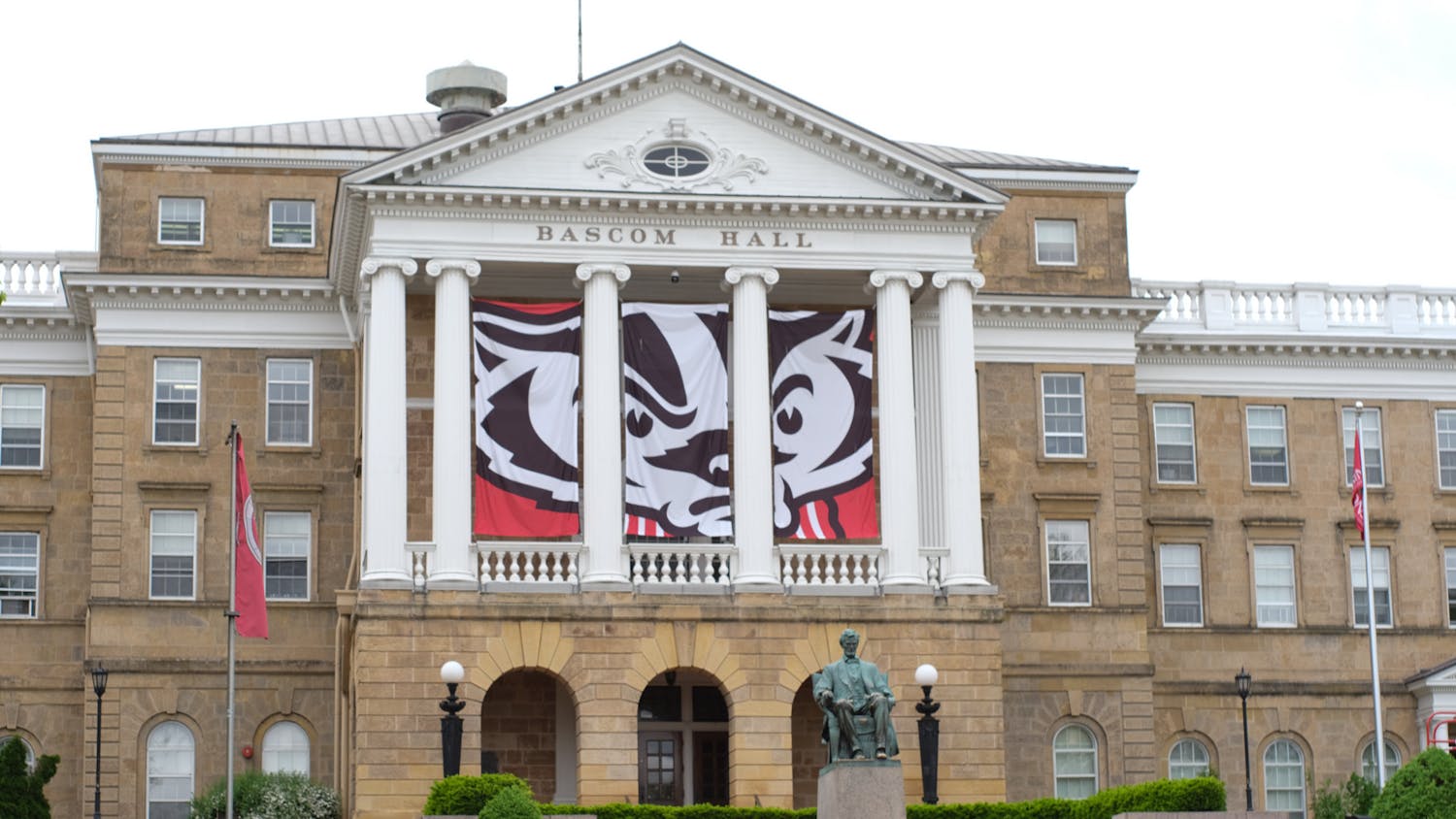U.S. Centers for Disease Control and Prevention Director Robert Redfield praised the expansion of COVID-19 testing at UW-Madison, adding that the UW System sets an example for how the pandemic can be controlled.
Redfield toured UW-Madison’s Wisconsin Veterinary Diagnostic Lab, where the university processes its COVID-19 tests, alongside interim UW System President Tommy Thompson on Oct. 22.
The lab currently processes 6,000 samples a week for the campus community, with plans to double its capacity by January. Veterinary Lab Director Keith Poulsen said the lab should be able to process 12,000 to 14,000 samples after more expansive testing begins, according to the Wisconsin State Journal.
UW’s reopening got off to a rocky start, as approximately 10 percent of students tested in September contracted the virus, according to officials. However, the number of daily average positivity rate dipped to one percent in October after a two-week pause that included dorm lockdowns and a suspension of in-person classes.
Asymptomatic cases appeared to have played a role in convincing students to wear masks and conform to social distancing guidelines, according to Redfield.
“The universities, they seem to have figured out ... how to use testing to reinforce behavior change,” Redfield said.
Some UW campuses have used antigen tests, which are used to detect proteins of coronavirus in a student and can provide results as to whether or not a student had COVID-19 within 15 minutes. However, antigen test results can be less accurate than the molecular tests, which detect the presence of the virus’ genome in a patient’s sample, that UW-Madison administers.
"One of our goals right now is to take what you've learned on college campuses to really get a handle on what I call the silent epidemic or the asymptomatic infection, which is a majority of the infections in young people," Redfield said. "What's the strategy to be able to take that and get it operationalized broadly throughout the nation?"
Redfeld’s visit came as Wisconsin endured a week of record highs in deaths and positive cases related to COVID-19, including the highest seven-day average since the pandemic began, Wisconsin Public Radio reported. He urged Wisconsin residents to be mindful of each other as the holiday season approaches.
“The public square is pretty aware if you’re not wearing a mask,” Redfield said. “Don’t let your guard down in your family gatherings, and we’re going to have a lot of them.”
As hospitals and other local health departments grapple with handling their own tests, Thompson said UW campuses are processing “five times” more than the state overall.
Thompson also noted students have been “extremely good” in adhering to wearing masks and following other social distancing protocols.
Redfield did not respond directly about lawsuits attempting to end Wisconsin’s mask mandate and how restrictions on occupancy in bars and restaurants would impact businesses, but he pointed to the research that indicated masks are an effective tool in combating the virus.
At the same time, Redfield advised restaurants to not let their establishments become overcrowded and said he believes “it’s time to stay away from bars,” according to WPR.
“I would just tell you and others not to get [into] the political debate about mask or no mask, mandate or no mandate, and get into the climate that it’s personal responsibility for everyone to embrace masks as their role to protect their family, their community, their loved ones,” Redfield said.
A vaccine could be available to high-risk groups and frontline workers in December or January, while the general public could potentially receive the vaccination by March or April, Redfield andU.S. Secretary of Health and Human Services Alex Azar announced Wednesday.
“There is hope on the way in the form of safe and effective vaccines in a matter of weeks or months,” Azar said.






